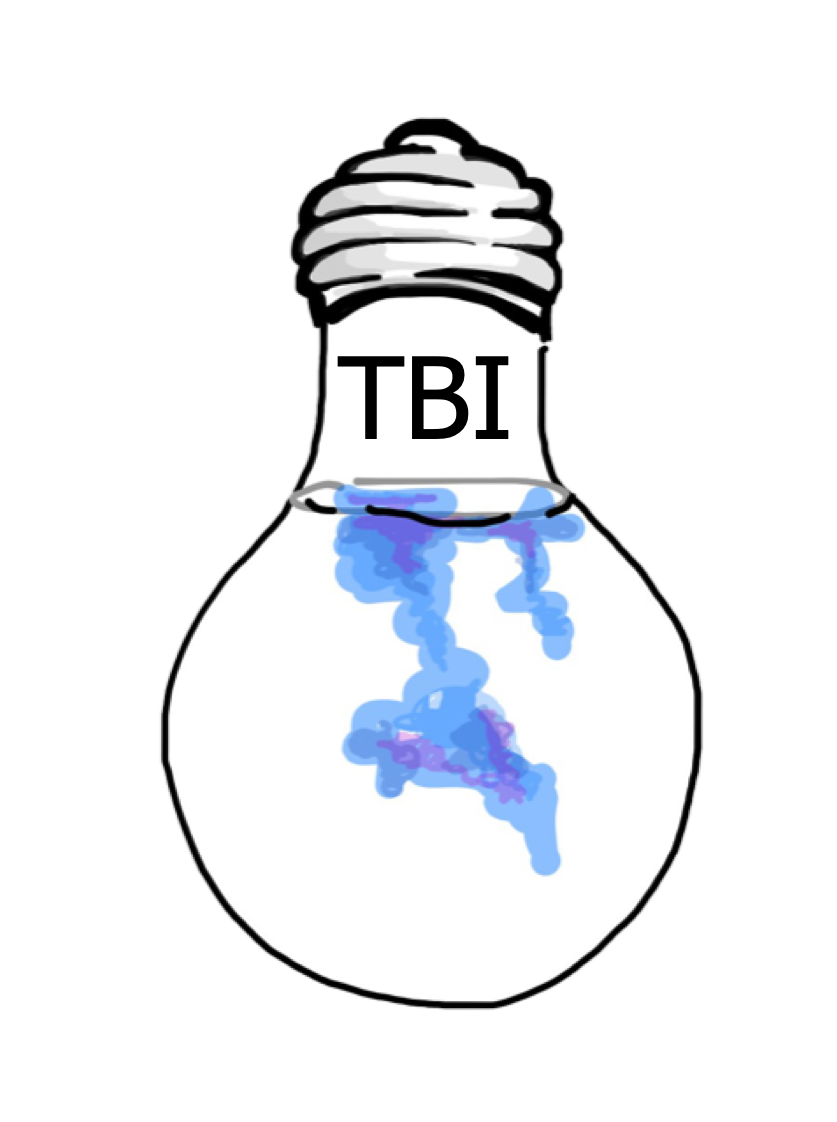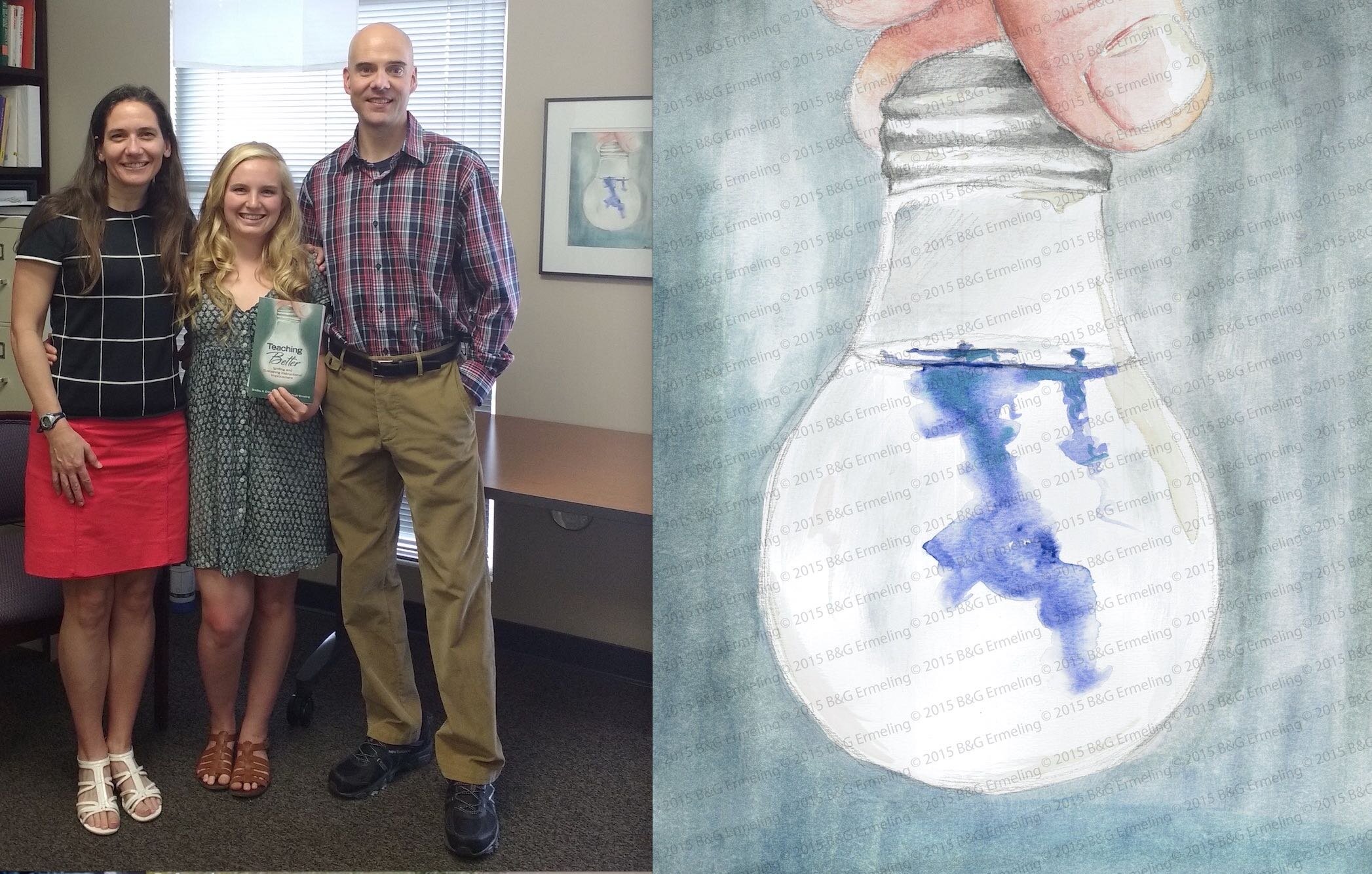“If you think improving teaching is hard, hard work, this book will confirm that belief. But it also shows, through careful observation and research, how much can be achieved when the work of getting better is done right. A true inspiration for educators who want to improve both their own craft and the methods of the profession.”
—Jim Stigler & James Hiebert, Authors of "The Teaching Gap"
“Written by two teachers who experienced lesson study while they taught in Japan, this well-written book makes an important contribution to our understanding of lesson study and instructional improvement more broadly. Compelling case studies bring to life the process of collaborative inquiry. Teachers, coaches, school and district administrators will find useful tools to grow and support school-wide inquiry-based improvement.”
— Catherine Lewis, Distinguished Research Scholar, Mills College Oakland
Meet the Student Artists
Joshua Autrey's pencil drawing of the “Rotting Ship at Sea” is featured in Chapter 1.
Key Principle: Systematic improvement requires a balance of urgency and intentionality: urgency to pursue and resolve compelling problems but patience and discipline to investigate “one plank at a time.”
Emily Tam’s drawing of the “Virtual Treasure Chest” is featured in Chapter 4.
Key Principle: Hard-won assets of local knowledge should be diligently pursued, continually refined, and globally shared.
Chelsea Madden’s illustrations of the “Radiating Lightbulb,” the “Japanese Toothpick,” the “Winter Horseshoes,” “Joint Productive Activity,” and “5000 Reasons to Quit” are featured in Chapters 2, 3, 5, 6, and 7.
Key Principle: Steady, concentrated, effort over time produces a rich, permeating, and lasting effect.




